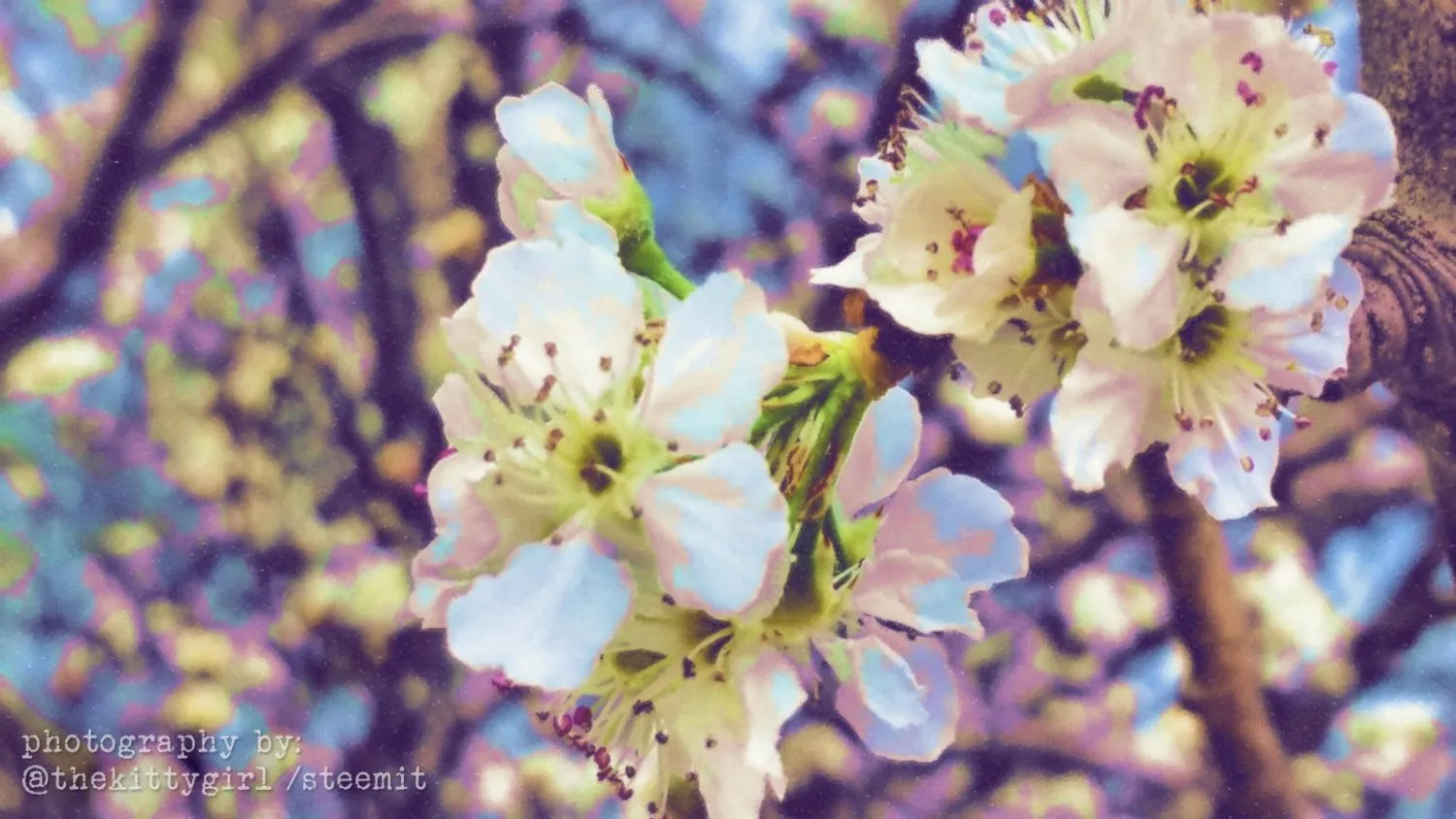
• PHOTO & PROCESSING BY ME •
I was nominated by @eunireal1 to participate in the #TreeTuesday challenge which was begun by @old-guy-photos, so here is my entry: a Bradford Pear tree, a variant of the Callery Pear.
• PHOTO BY ME •
The Callery pear tree is native to southeast Asia, being commonly found in China and Vietnam. Several cultivars of this tree exist, but the one that has gained the most popularity in the US in recent years is the 'Bradford' cultivar (Pyrus calleryana ‘Bradford’).
• PHOTO BY ME •
The lovely white blossoms are one of the prettiest sights to see in the spring, and when multiple trees are planted together, the effect can be a breathtaking sight!
• PHOTO BY ME •
The only downside to the trees is that they are considered an "invasive" species in some areas and can grow out of control if other species of pear trees are nearby with which they can cross-pollinate.
Although the ‘Bradford’ pear was originally bred as sterile and thorn-less, they readily cross-pollinate with other varieties of callery pears, and subsequently produce fruit. The ripened fruit are eaten and disseminated by birds, which results in very thorny thickets of wild pear trees. [1]
• PHOTO BY ME •
Recommendations from Agricultural Extension Services therefore recommend that other varieties of trees be considered for landscaping purposes, at least in areas where the Callery Pear is not endemic.
SOURCES 1 Clemson University Cooperative Extension Service 2 Wikipedia: Pyrus calleryana
Yellow Woodsorrel (Oxalis stricta) • Chokecherry (Prunus virginiana)
Pink Bicycle • Periwinkle • She Burst Forth • Colors of April
Forsythia • Daffodils: Harbingers of Spring • Marigold
A Pink Mystery • Pink Woodsorrel (repris) • Purple Hedgenettle
Speedwell • Clematis vitalba • Purple Queen
Purple & Yellow Lily • Orange Lily • Yellow Asters
Goldenrod • Turk's Cap Lily • Pink Woodsorrel
Return from Bradford Pear Tree to 𝕜𝕚𝕥𝕥𝕪's Web3 Blog





